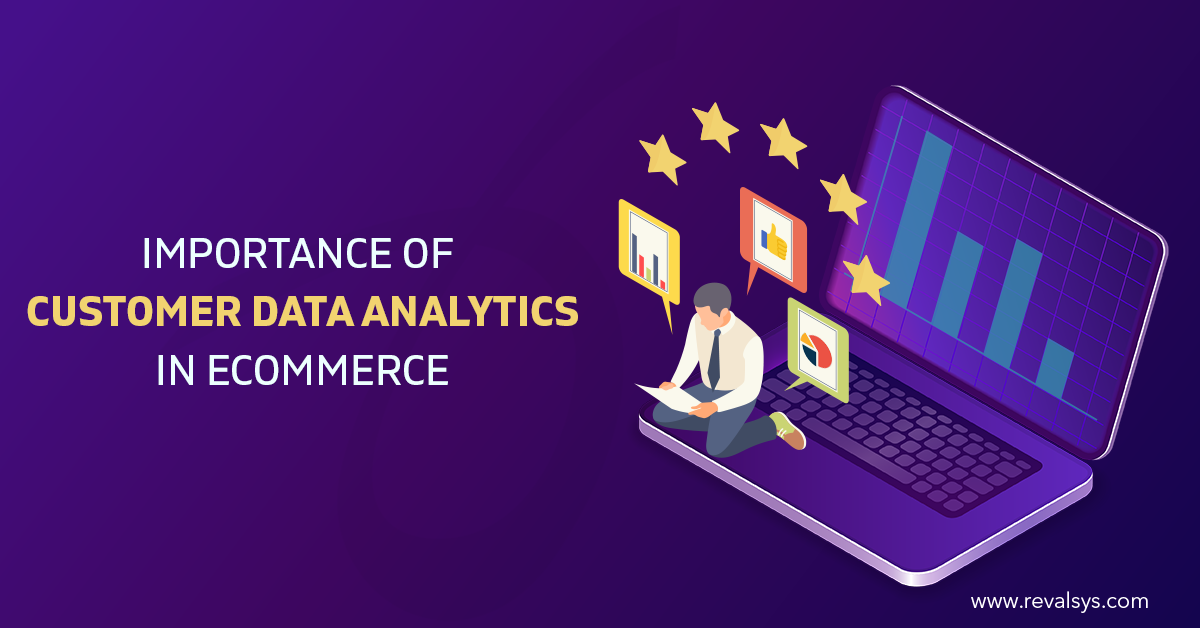
What Are Ecommerce Customer Analytics Metrics?
Having a website with the most attractive and flawless website design, catchy content, and attractive pictures is the first step towards attracting visitors to your ecommerce website. Tracking the actions that they are taking on your website helps you to improve user retention and convert your visitors into leads. This is where ecommerce analytics metrics come in.
Ecommerce customer metrics data is the information that is used to monitor the performance of an ecommerce business on various platforms. This data helps businesses to know which aspects need work and accordingly form strategies for their growth and customer retention.
Metrics That Matter
Website Analytics Metrics
- The number of times your products were added to the shopping cart
- The amount of time spent by each visitor on the website
- The number of visitors who left your site after visiting one page
- The number of visitors who made purchases from your site
- The average amount of money your visitors spent on one order
- The number of visitors who added items to their shopping carts but left the site without making a purchase
- The number of customers who shopped with you over a long period of time
- The percentage of customers who returned to shop with you within a short period of time
- The overall number of customers who shopped with you more than once
Email Marketing Analytics Metrics
- The number of emails you sent during a campaign
- The number of emails you received during the campaign
- The percentage of people in your list who opened your email at least once
- The percentage of people in your list who clicked on the links in your email at least once
- Total visits on the landing page
- The number of actions taken by users on your email, like subscribing to your newsletter or purchasing your product
- The total number of people who unsubscribed from the list
- The number of spam complaints
- The number of people who visited your site through your email and performed a task on it like making purchases
Social Media Analytics Metrics
- The number of paid and organic likes and mentions on the page
- The number of views, likes, comments, and shares on posts
- The times in a day the followers are online
- The demographics of followers
- The number of impressions on tweets
- The number of engagements on tweets
- Top tweets of every month
- Follower growth rate per month
- The total number of profile visits in a month
- Reach, impressions, and interactions per post
Conclusion
Ecommerce analytics can help businesses to better understand the demand for different products and evaluate their inventory needs by predicting future customer trends. Understanding customer behavior, demographics, and requirements helps businesses to plan their product prices and promotions accordingly, and send their customers personalized recommendations.
Using customer analytics data can improve a business’s relationship with its customers, and in turn, increase its sales.
